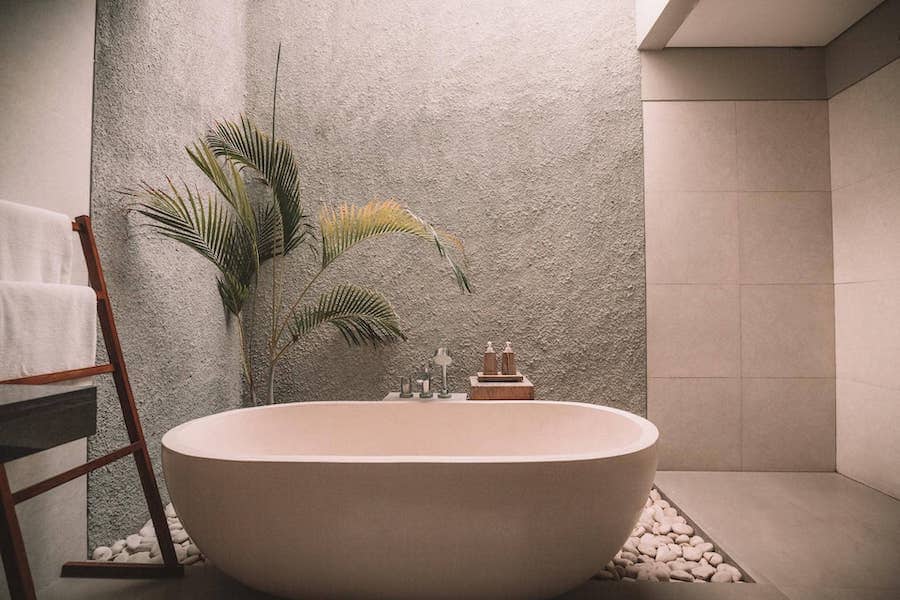Bathroom underfloor heating is becoming increasingly popular in modern homes, providing a comfortable and luxurious way to heat your bathroom.
There are several different types of underfloor heating technologies available on the market, each with their own advantages and disadvantages. In this article, we will explore the differences between these technologies and explain how they work.
- Electric Underfloor Heating
Electric underfloor heating is one of the most common types of underfloor heating used in bathrooms. This system consists of a series of electric heating cables or mats installed beneath the bathroom floor. When the system is turned on, the cables or mats heat up, radiating warmth evenly across the floor. Electric underfloor heating systems are relatively easy to install and operate, and they are ideal for small or medium-sized bathrooms. However, they can be expensive to run, and they may not be as energy-efficient as other systems.
- Water Underfloor Heating
Water underfloor heating, also known as a hydronic system, uses hot water to heat the bathroom floor. This system consists of a network of pipes installed beneath the floor, connected to a hot water source such as a boiler or heat pump. When the system is turned on, the hot water circulates through the pipes, heating up the floor. Water underfloor heating systems are more energy-efficient than electric systems, and they are ideal for large or open-plan bathrooms. However, they can be more difficult to install and require a professional plumber to ensure proper installation.
- Air Underfloor Heating
Air underfloor heating, also known as an air-source heat pump system, uses warm air to heat the bathroom floor. This system works by drawing in warm air from outside the home, which is then circulated beneath the floor to heat it up. Air underfloor heating systems are the most energy-efficient of all underfloor heating systems, and they can also provide cooling in the summer. However, they can be more expensive to install and may require additional ventilation to prevent condensation.
In conclusion, there are several different types of bathroom underfloor heating technologies available, each with their own unique features and benefits. When deciding which one is right for your bathroom, consider your budget, the size of your bathroom, and your energy-efficiency goals. Whether you choose electric, water, or air underfloor heating, you can enjoy a comfortable and luxurious bathroom experience all year round.
If you’re looking for professional installation services for your bathroom underfloor heating system, look no further than Your local bathroom fitter. Our team of experienced builders and plumbers can help you choose the perfect system for your bathroom and install it to the highest standards of quality and safety. Contact us today to schedule a consultation and see how we can transform your bathroom with underfloor heating.
